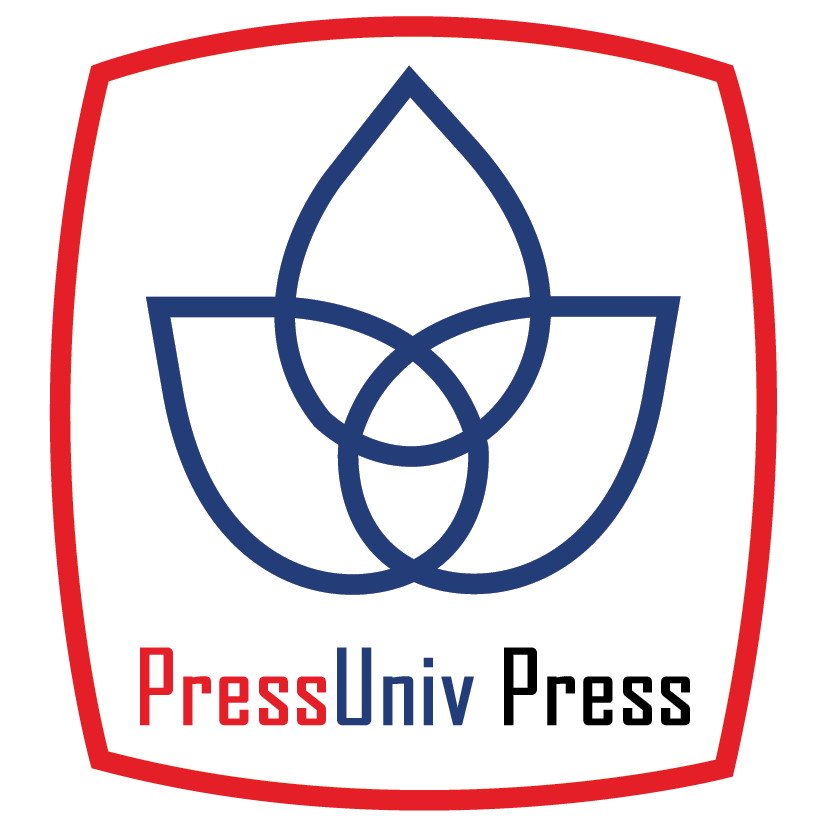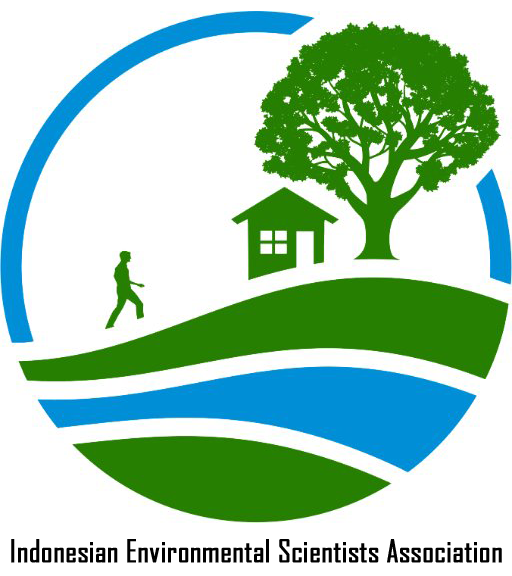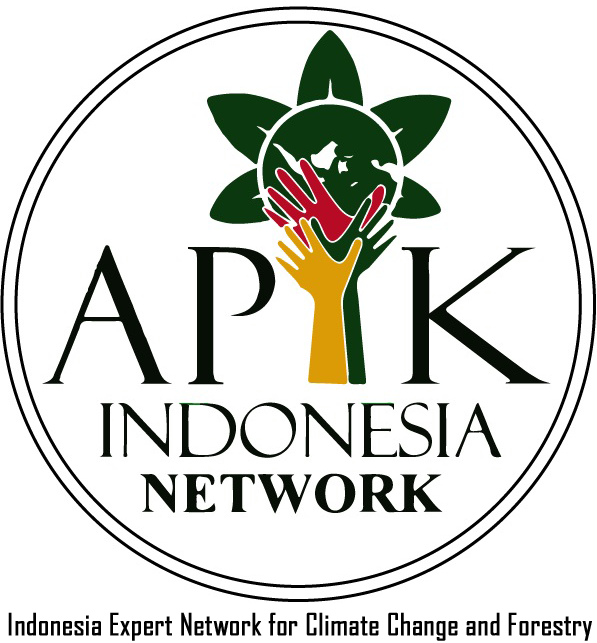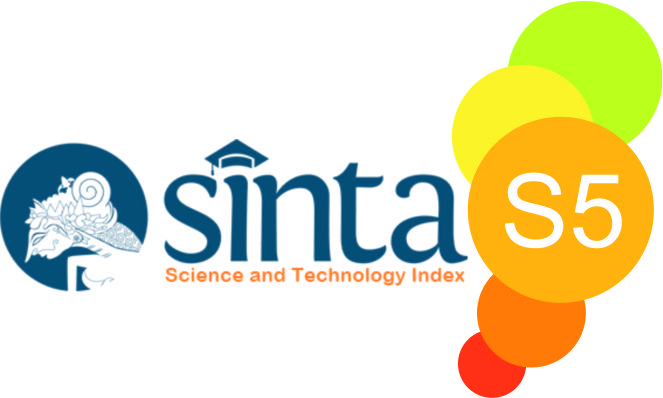A study of centrifugation technology for reducing microbial contamination in surface water sample
Abstract
Keywords
Full Text:
PDFReferences
N. Sri Hardadi, Y. M. Yustiani, S. Wahyuni, and T. Alfiah, “Daya Degradasi Air Sungai Cilemahabang Terhadap Cemaran Limbah,” Infomatek, vol. 24, no. 2, pp. 125–132, 2022, doi: 10.23969/infomatek.v24i2.6888.
W. Atima, “Bod Dan Cod Sebagai Parameter Pencemaran Air Dan Baku Mutu Air Limbah,” Biosel Biol. Sci. Educ., vol. 4, no. 1, p. 83, 2015, doi: 10.33477/bs.v4i1.532.
A. Naillah, L. Yulia Budiarti, and F. Heriyani, “Literature Review : Analisis Kualitas Air Sungai Dengan Tinjauan Parameter pH, Suhu, BOD, DO Terhadap Coliform,” Homeostatis, vol. 4, no. 2, pp. 487–494, 2021.
R. Hakiki and D. Anggi Agustin, “Reduksi Tingkat Kekeruhan dan Total Partikel Tersuspensi Melalui Proses Sentrifugasi Pada Air Limbah Wudhu,” J. Environ. Eng. Waste Manag., vol. 8, no. 1, pp. 64–78, 2023, doi: http://dx.doi.org/10.33021/jenv.v8i1.3886.
T. Hernaningsih and S. Yudo, “Alternatif Teknologi Pengolahan Air Untuk Memenuhi Kebutuhan Air Bersih Di Daerah Pemukiman Nelayan,” J. Air Indones., vol. 3, no. 1, pp. 38–49, 2007, [Online]. Available: https://ejurnal.bppt.go.id/index.php/JAI/article/view/2316
Badan Standarisasi Nasional, “Standar Nasional Indonesia 6989.57:2008 tentang air dan air limbah-Bagian 57: metoda pengambilan contoh air permukaan,” pp. 1–19, 2008.
Badan Standardisasi Nasional, “SNI 06-6989.25-2005 Air dan air limbah – Bagian 25 : Cara uji kekeruhan dengan nefelometer,” p. 9, 2005.
W. E. Federation, “Standard Methods for the Examination of Water and Wastewater Part 9000 MICROBIOLOGICAL EXAMINATION Standard Methods for the Examination of Water and Wastewater,” Public Health, no. 1, 1999.
R. Büchli and P. Raschle, “2 Mikrobiologie,” Algen und Pilze an Fassaden., pp. 19–29, 2015, doi: 10.51202/9783816792758-19.
S. Romadhonah and C. Arif, “Analisis Kualitas Air dan Removal Efficiency Wastewater Treatment Plant (WWTP) di PT. Indonesia Power UPJP Priok Jakarata (Water Quality and Removal Efficiency Analysis of Wastewater Treatment Plant (WWTP) in PT. Indonesia Power UPJP Priok),” J. Tek. Sipil dan Lingkung., vol. 5, no. 2, pp. 69–78, 2021, doi: 10.29244/jsil.5.2.69-78.
B. Hidayat, F. Indriani, and Muliadi, “Implementasi independent t-test pada aplikasi pembelajaran multimedia ragam dan gerak seni tari daerah kalimatan selatan,” Kumpul. J. Ilmu Komput., vol. 02, no. 01, pp. 11–21, 2015.
G. H. Cahyana, H. Heryana, and T. Mulyani, “Perbandingan Pengolahan Air Sungai Citarum, Air Supernatan Prasendimentasi, Air Efluen Gutertap (Gugus Filter Multitahap) Menggunakan Koagulan Almunium Sulfat dan Serbuk Biji Kelor (Moringa oleifera),” Envirosan, vol. 1, no. 2, pp. 72–77, 2018.
Z. Liu, Z. S. Carroll, S. C. Long, A. Roa-Espinosa, and T. Runge, “Centrifuge separation effect on bacterial indicator reduction in dairy manure,” J. Environ. Manage., vol. 191, pp. 268–274, 2017, doi: 10.1016/j.jenvman.2017.01.022.
DOI: http://dx.doi.org/10.33021/jenv.v9i1.4749
Copyright (c) 2024 Jihan Callistasya Purnomo

This work is licensed under a Creative Commons Attribution-ShareAlike 4.0 International License.
Journal of Environmental Engineering and Waste Management Published by PresUniv Press, in collaboration with IESA and APIK Indonesia Network




